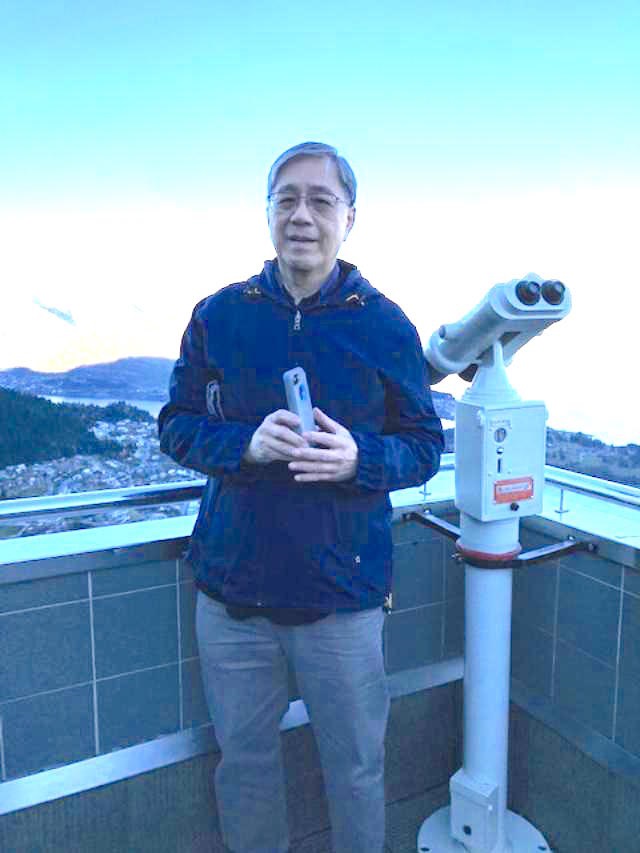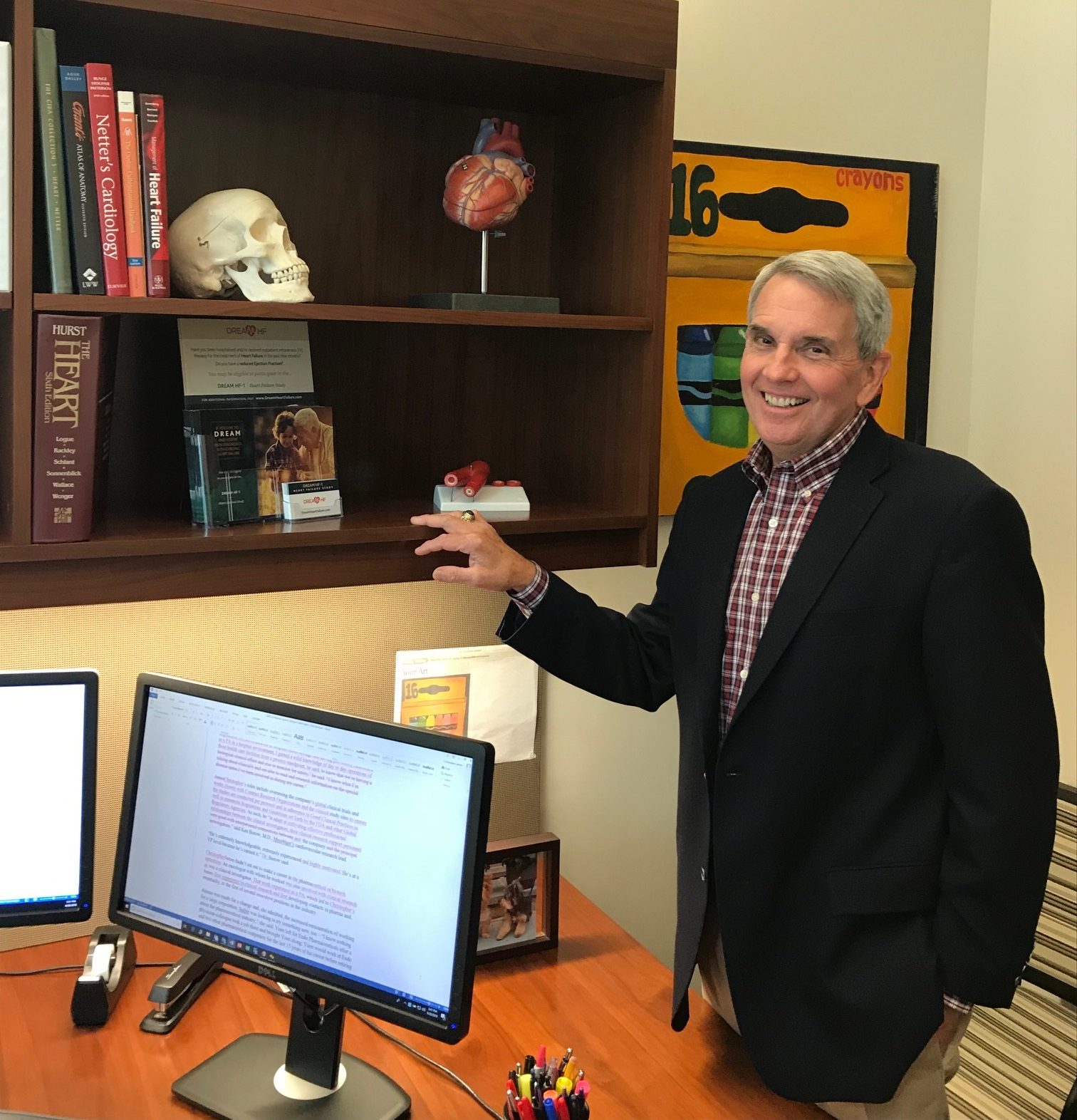Looking for a Non-Clinical Role? Consider Medical or Clinical Science Liaison
PA Liaisons are Eyes and Ears for Clinicians
September 24, 2019
By Hillel Kuttler
Maria Alonso, PA-C, gave a presentation on diabetes a few years ago at a medical office in the Bronx, New York. A nurse there decided to have her blood sugar tested. She learned she had diabetes.
When Alonso returned six months later, the woman was 30 pounds lighter. She’d committed to eating healthily. She shared tips with colleagues on managing her blood sugar.
That inspired her, Alonso said, and demonstrated how the initial presentation affected “one person’s life and how they can influence those around them.”
What made the scenario unusual was that Alonso hadn’t come in a clinical role, but, rather, as an educator for the Danish pharmaceutical company Novo Nordisk, which had hired her for its diabetes education program.
MSLs vital to medical industry success
Alonso and other PAs employed in similar roles as medical science liaisons (MSL) or clinical science liaisons (CLS) work primarily in specific therapeutic areas and “are vital in the success of a company” in pharmaceuticals, biotechnology, medical devices, and contract-research organizations, according to the Medical Science Liaison Society.
“They work throughout a product’s lifecycle, help to ensure that products are utilized effectively, serve as scientific peers and resources within the medical community, and are scientific experts to internal colleagues at companies,” the society’s web site states, adding that MSLs’ primary purpose is “to establish and maintain peer-peer relationships with leading physicians … at major academic institutions and clinics.”
[Career Options for PAs Outside the Clinic]
The number of PAs working as MSLs or CSLs is unclear. Asked how many fellow PAs they’d met who are Science Liaisons, those interviewed for this article gave a range of answers: many, few, and none. MSL and CSL positions have different educational requirements depending on the company: Degree requirements often include PharmD, PhD, MD, NP, or PA.
Each PA interviewed had practiced clinically before shifting course.

Frank Yuen, PA-C, held positions for 22 years in surgery, in drug-free and methadone-treatment programs, primary care, pain medicine, and in palliative care. Alonso worked in pediatric endocrinology; after seven years in pharma, she returned last winter to clinical practice.
MSL/CSLs’ roles are distinct from that of their sales and marketing colleagues – strictly so, the PAs explained, to comply with Food and Drug Administration rules. The liaisons discuss the medical aspects of pharmaceuticals and details of their clinical trials and must state the pros and cons for competitors’ products, just as they would for their own companies.
Alonso’s interlocutors “realized that we were not just pushing a product, but could answer their questions from a broader perspective,” she said.
The liaisons make it their business to understand their companies’ clinical trials, medications’ chemical composition, and safety matters. They travel often for meetings and to attend local and national conferences. They educate clinicians by staying current on journal articles, label changes, warnings, and professional organizations’ guidelines.
MSLs and CSLs: different career paths
The PAs’ career trajectories have been varied.

Christopher James, PA, has spent nearly four decades working for pharmaceutical companies, although not as an MSL. He rose to became head of PA services at Philadelphia’s Roxborough Memorial Hospital. Now, he’s vice president of clinical operations for Mesoblast, an Australian pharmaceutical firm. He oversees its cardiovascular, hematology, and musculoskeletal research.
The work “is a marriage of the administrative, executive, and clinical,” for which his PA career was vital, James said.
“My clinical training and experience significantly enhance my ability to understand the pathophysiologic complexities and biologic plausibility of various biologics and pharmaceuticals in clinical programs,” he said. “That training also enables me to provide substantive insight on how to best measure the potential therapeutic effects and safety of drugs or biologics under study.”
James’s roles include overseeing the company’s clinical trials and study sites. As such, he “is very good with interpersonal connections between the company and the principal investigators,” said Ken Borow, MD, Mesoblast’s cardiovascular research lead.
James hadn’t set out to make a career in pharma. An oncologist with whom he worked also was a clinical investigator. That led to James developing contacts in pharma and, eventually, to the first of several executive positions in the industry.
Alonso was ready for a change and, she admitted, the increased remuneration of working for a large corporation. Yuen left for Endo Pharmaceuticals after a physician-colleague took a job there and brought Yuen along; Yuen would work at Endo and two other pharmaceutical companies for the last 15 years of his career before retiring in 2018.
PA who are interested in becoming a medical or clinical science liaison can contact the major pharmaceutical companies for more information.
Read More
Career Advancement and Transitions
Job Search
Hillel Kuttler is a freelance writer and editor. Contact him at [email protected].
Thank you for reading AAPA’s News Central
You have 2 articles left this month. Create a free account to read more stories, or become a member for more access to exclusive benefits! Already have an account? Log in.



